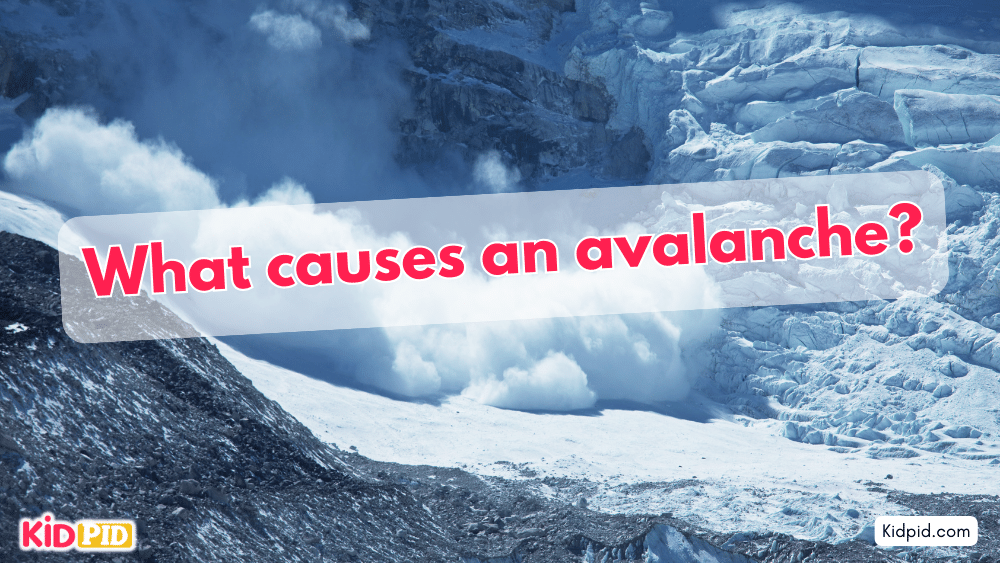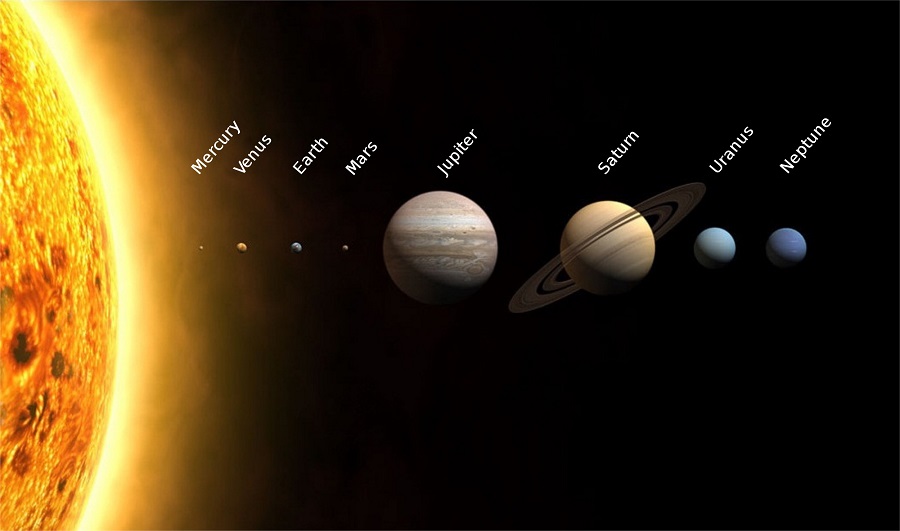What causes an avalanche?

An avalanche is caused by a combination of factors including heavy snowfall, steep slopes, changes in temperature, and disturbances such as loud noises or human activity, which destabilize the snowpack and make it slide downhill rapidly.
Contents
MCQs
1. What is the most common cause of avalanches?
A) A loud noise
B) A heavy snowstorm
C) A sudden change in temperature
D) Weak snow layers
Answer: D) Weak snow layers
Explanation: Avalanches often occur when a layer of snow cannot hold the weight of the snow above it, causing it to slide down. This is more about the condition of the snow layers than external factors like noise or temperature changes.
2. Which of the following can trigger an avalanche?
A) A skier
B) A snowmobile
C) An explosion
D) All of the above
Answer: D) All of the above
Explanation: Any sudden pressure or disturbance, such as that from a skier, a snowmobile, or an explosion, can trigger an avalanche if the snowpack is unstable.
3. What role does the slope angle play in avalanches?
A) Steeper slopes are less likely to have avalanches.
B) Slope angle does not affect avalanche risk.
C) Steeper slopes are more likely to have avalanches.
D) Only flat slopes can have avalanches.
Answer: C) Steeper slopes are more likely to have avalanches.
Explanation: Avalanches are more likely to occur on slopes that are steep because the force of gravity on these slopes makes it easier for snow to slide down once it starts moving.
4. How can a change in temperature cause an avalanche?
A) It can make the snow too cold to move.
B) It can cause the snow layers to bond more strongly.
C) It can weaken the bond between snow layers.
D) It does not affect avalanches.
Answer: C) It can weaken the bond between snow layers.
Explanation: A rapid increase in temperature can cause the snow to melt slightly, weakening the bonds between layers and making it easier for an avalanche to occur.
5. What is a slab avalanche?
A) An avalanche that only occurs in the spring.
B) An avalanche that involves a large, cohesive plate of snow sliding down.
C) A small avalanche that skiers can easily escape.
D) An avalanche made entirely of ice.
Answer: B) An avalanche that involves a large, cohesive plate of snow sliding down.
Explanation: A slab avalanche occurs when they can occur only when a bonded layer of snow (the slab) is lying on top of a weak layer over a sufficiently large area.
Read More
- GK Quiz for Class 1
- IEO Previous Year Question Paper for Class 7 (English Olympiad 2016, SET A)
- IEO Previous Year Question Paper for Class 7 (English Olympiad 2018, SET A)
- IEO Previous Year Question Paper for Class 5 (English Olympiad 2012 , SET A)
- IEO Previous Year Question Paper for Class 7 (English Olympiad 2017, SET A)






Responses